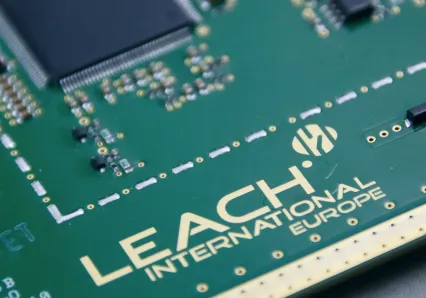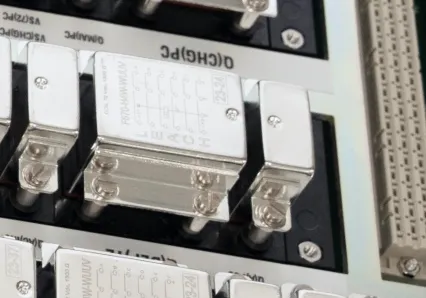RELAY PANELS & SSPC
Step into the world of Relay Panels & SSPC Innovation. Our focus: streamlined efficiency. Discover our cutting-edge solutions featuring low heat dissipation and significant weight and volume savings.

RELAY PANELS MODULAR INTEGRATION AND SSPC ADVANCED FEATURES
Embrace modular concepts, real know-how in hermetically sealed relays integration on PCB : High power and volume density.
Explore time-delay relay options, and transient suppression devices.

SSPC reprogrammable trip curves and arc fault protection enhance our SSPC flexibility and precision.
AC and DC secondary distribution meets the highest standards, on customer’s demand certified for DAL A, B, C, D, and SIL 1,2,3,4.GVG
INNOVATIVE EFFICIENCY WITH RELAY ASSEMBLIES AND SSPC
Our relay panels and SSPC design redefines efficiency, offering solutions that propel your operations to new heights. 5th SSPC generation allowing very high power density and integration
TELL US WHAT YOU NEED
Contact our dedicated team for personalized support and solutions tailored to your requirements.



